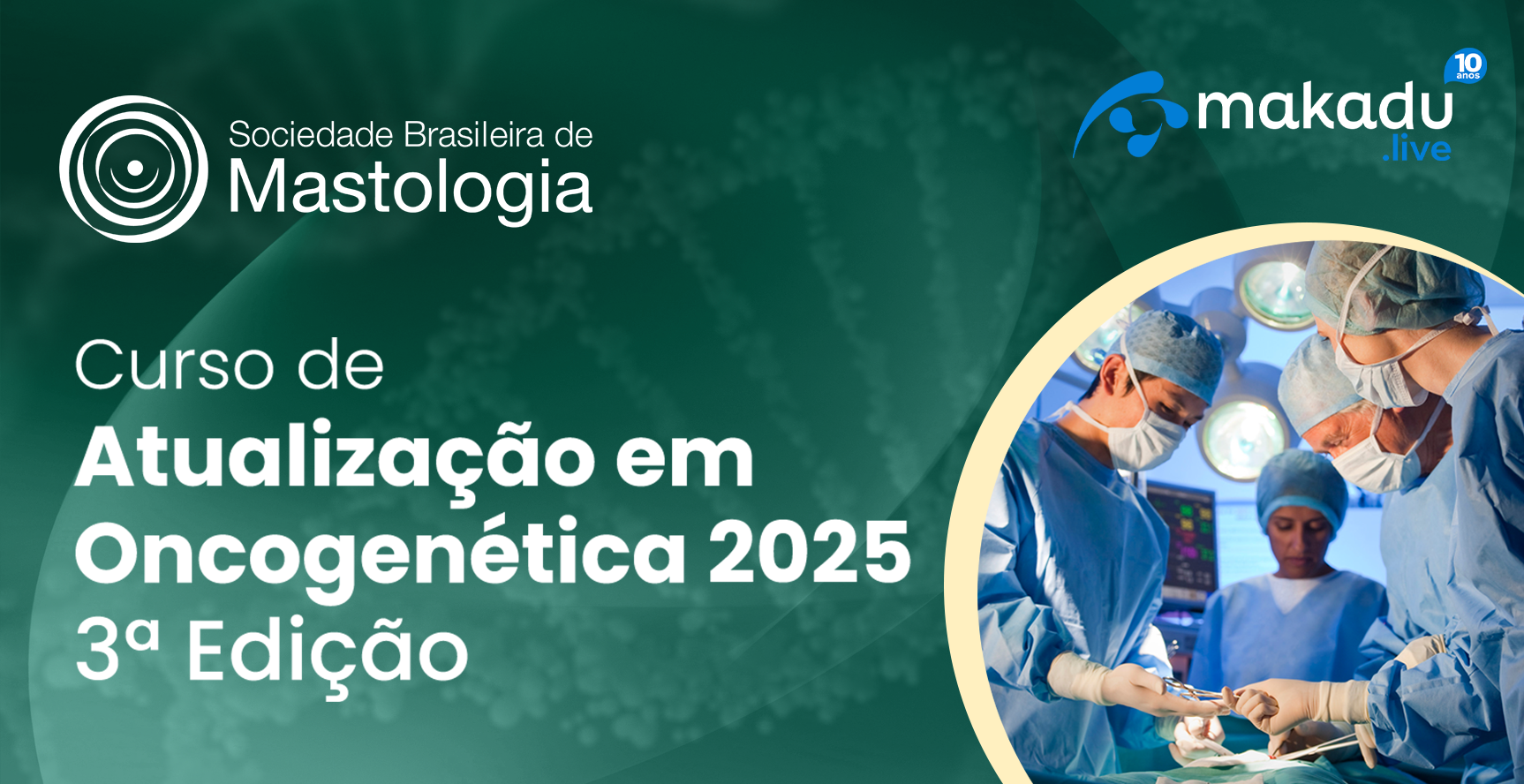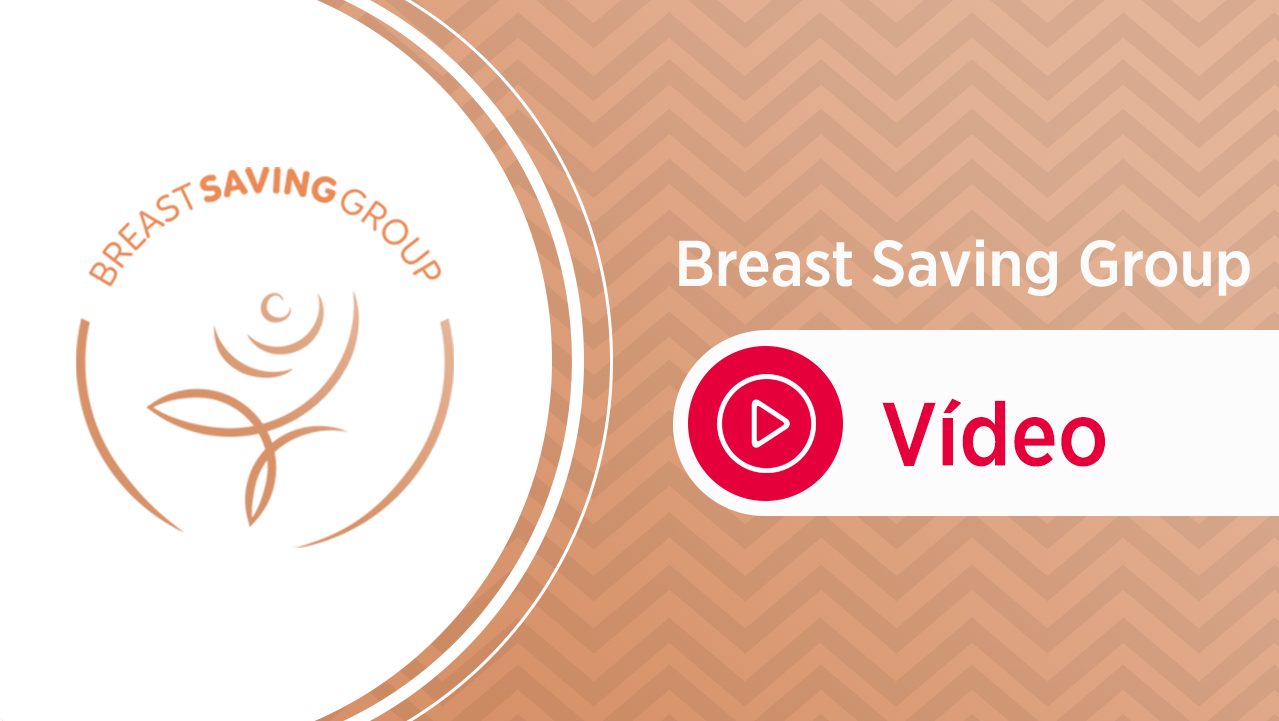Artigo
Prepectoral Direct-to-Implant Breast Reconstruction without Placement of Acellular Dermal Matrix or Mesh after Nipple-Sparing Mastectomy
ABSTRACT
Background: The aim of this study was to report the results of prepectoral direct-to-implant reconstruction in nipple-sparing mastectomy without acellular dermal matrices or mesh.
Methods: A multicenter cohort of patients undergoing prophylactic or therapeutic nipple-sparing mastectomy was included from 2013 to 2020. All sizes and types of breasts were included, except those with previously failed reconstruction, previous radiotherapy with severe skin damage, locally advanced breast cancer, gigantomasty, severe degree of ptosis, tumors close to the nipple-areola complex (<1 cm on magnetic resonance imaging), or combined autologousbased reconstruction.
Results: A total of 280 immediate breast reconstructions were performed in 195 patients. The mean age was 45 years and 32.8 percent of patients were postmenopausal. The mean follow-up period was 16.5 (±17.43) months. Eightyfive patients (43.6 percent) underwent bilateral mastectomy; 116 mastectomies (41.4 percent) were prophylactic and 164 (58.6 percent) were therapeutic. Sixty-eight reconstructions (24 percent) had at least one acute complication, the most common being implant explantation (9.2 percent), which was more frequent in smokers. Late complications included rippling (grades 3 and 4) in seven cases (3.8 percent) and capsular contracture (Baker II through IV) in 29 cases (15.7 percent) [22 Baker II (11.9 percent), six Baker III (3.3 percent), and one Baker IV (0.5 percent)]. One implant rotation was observed. No deformity animation was observed. Cosmetic results were considered good or excellent in 87.3 percent of patients.
Conclusions: Overall complications were similar to those reported in acellular dermal matrices, mesh, or subpectoral series, except for a higher explantation rate. This technique is safe and economically advantageous, as it is a one-stage technique without acellular dermal matrices and mesh. These are preliminary data and larger and comparative studies are needed. (Plast. Reconstr. Surg. 150: 973, 2022.)
CLINICAL QUESTION/LEVEL OF EVIDENCE: Risk, III.
Compartilhar em:
Comentários
Cursos Relacionados
0
Conteúdos Relacionados
Comentários
Deixe um comentário Cancelar resposta
Você precisa fazer o login para publicar um comentário.












